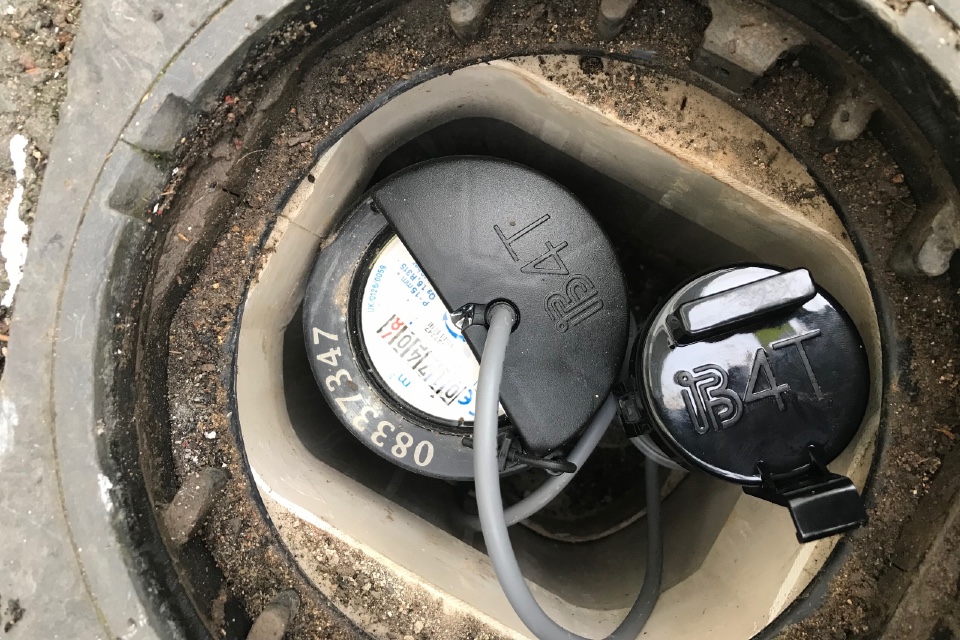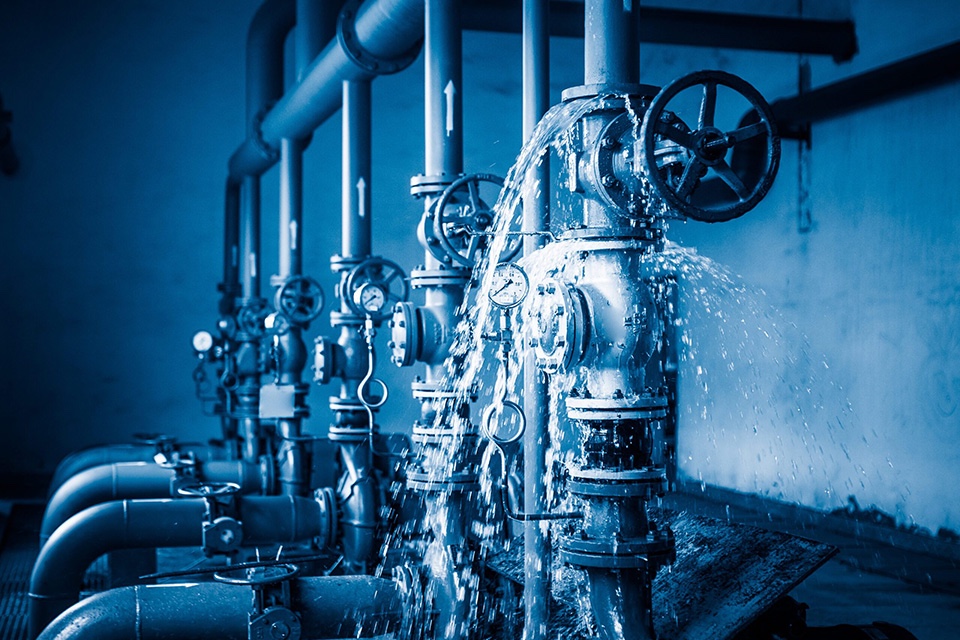Climate instability combined with an expanding population and escalating levels of per capita consumption are creating unsustainable pressure both on water resources and an overstretched supply network. Yet, without any insight into where leaks occur or how consumer behaviour affects consumption, how can water companies meet the government’s ambitious plans to reduce usage? Alex Barter, Manging Director, B4T, and Gareth Mitchell, Key Account Manager UK, Heliot explain why smart metering is key to creating a water secure future.
Urgent Change
The UK has a serious water problem. 3 billion litres of water – over a fifth of the total supply – are lost to leakage every single day. Not only is this a terrible waste of a valuable resource, but when 3% of the UK’s energy consumption is required to move water around the country, the full environmental impact of leakage is even more significant.
Nonetheless, water awareness remains low. People rail against the hosepipe bans and complain about the abstraction that depletes rivers across the country. However, consumers are a key contributor to wasted water. From dripping taps and faulty ballcocks to more serious leaks between the home and the street supply, 25% of UK homes are affected by leakage of a litre per hour.
Furthermore, at 140 litres per day, the UK’s per capita water usage figures are far higher than in more water conscious countries, such as the Netherlands, where usage is 107 litres per day. Be that as it may, without any insight into how much water they are using and no understanding of the financial or environmental cost, consumer behaviour will not change.
Identifying Leaks
While the highly regulated water industry is under pressure to address leakage – and, because meters are in place for just a fraction of the UK’s residential and smaller commercial properties, water companies are blind to the locations of leaks. What is customer side? What is network side? Where should investment be prioritised? How can consumers be encouraged to change their water consumption behaviour?
If the industry is to achieve the leakage reduction goals proposed by OFWAT, metering is imperative. How else will companies identify the 20% of houses that use 80% of water? Or target the 1% of worse performing properties responsible for 80% of all leakage? The ability to identify and address the biggest problem areas will deliver a very rapid improvement in leakage performance.
Yet today just a fraction of the UK’s business and consumer premises are metered. Even then these meters are typically not smart, requiring manual data collection. The problem has been the cost and complexity associated with deploying proprietary metering technologies at scale. How can companies deploy meters to millions of households? How can the sensors pick up information when the meters are buried underground, typically beneath metal covers which can block access to 4G, 5G or Wi-Fi? How can the information be collected, collated and analysed to deliver immediate, usable insight?
IoT Value Proposition
Proprietary technology has constrained smart metering not only in the UK. In both Slovenia and Switzerland, where water companies have a smaller customer base, meters are ubiquitous – but not smart. Every company relies on a fleet of engineers to drive around and manually take water readings. In addition to the cost, companies lack the real time insight into water usage required to quickly identify and repair leaking pipes.
The arrival of the Internet of Things (IoT) and highly reliable, low power networks such as SigFox, have fundamentally transformed the cost/ benefit model for smart water metering. Sensors can collect water usage in real-time. Data can be transmitted and transformed using machine learning to provide unprecedented insight – from highlighting the biggest areas of leakage to supporting predictive maintenance.
There is also no need to rip out and replace the existing infrastructure. Current metering solutions can be upcycled into connected assets at a fraction of the cost to replace and without creating any landfill. With batteries that last up to 15 years, companies can deploy once and gain long term benefit. For water companies in Slovenia and Switzerland, this approach is already proving compelling. Engineers can be redeployed from meter reading to added value activities, and the existing asset estate can be reused to create an intelligent, smart meter network that delivers real-time alerts into leakage incidents.
Conclusion
No one is underestimating the scale of the challenge facing UK companies. Over 260,000 miles of water mains – many ancient. A population with limited awareness of the value of water. But if further action is not taken, between 2025 and 2050 the UK will need more than 3.4 billion additional litres per day to meet future demand for public water supply – and that is not financially or environmentally sustainable.
For water companies, the ability to identify the sources of leaks in real time is amazingly powerful. It will enable rapid response to problems, minimising the amount of wasted water and support far more targeted investment. For consumers, better understanding of their water usage habits will be vital to encourage individuals to change their behaviour and reduce day to day consumption. Together, these changes will be essential to achieving a secure water future.







